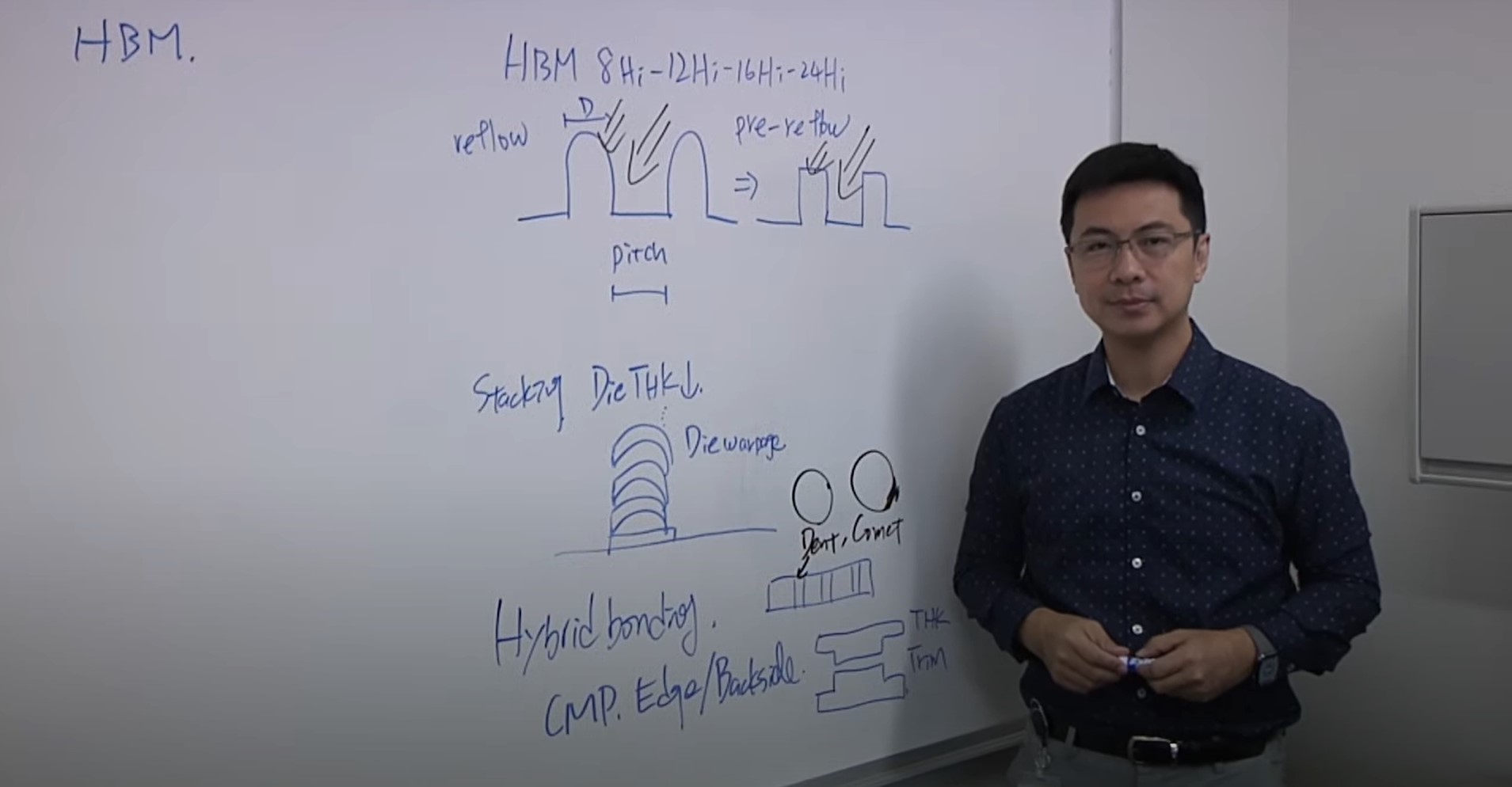Amorphous carbon (a-C) based hard masks provide superior etch selectivity, chemical inertness, are mechanically strong, and have been used for etching deep, high aspect ratio features that conventional photoresists cannot withstand. Picosecond Ultrasonic Technology (PULSE Technology) has been widely used in thin metal film metrology because of its unique advantages, such as being a rapid, non-contact, non-destructive technology and its capabilities for simultaneous multiple layer measurement [1]. Simultaneous measurement of velocity and thickness for transparent and semi-transparent films offers a lot of potential for not only monitoring the process but offers insight into the device performance. In this paper, we show successful applications of Picosecond Ultrasonics in 3D NAND. This includes measurement of various thin metal films and simultaneous measurement of sound velocity and thickness for amorphous carbon films which has been widely used as hard mask materials.
Picosecond Ultrasonics (PULSE Technology) has been widely used in thin metal film metrology because of its unique advantages, such as being a rapid, non-contact, non-destructive technology and its capabilities for simultaneous multiple layer measurement. Measuring velocity and thickness simultaneously for transparent and semi-transparent films offers a lot of potential for not only monitoring process but offers insight into the device performance. In this paper, we show Picosecond Ultrasonics provides a complete metrology solution in advanced radio frequency (RF) applications. This includes measurement of various thin metal films for wide thickness ranges with extremely excellent repeatability which could meet stringent process control requirements, simultaneous multilayer measurement capability, and simultaneous measurement of sound velocity and thickness for piezoelectric films which play a key role in the performance of RF devices.
AI and ML have great potential in many areas of the semiconductor manufacturing process, ranging in scale from improving the performance of individual tools to managing an entire fab and optimizing the global supply chain
Semiconductor manufacturers are increasingly challenged to measure and inspect new, smaller, and more complex 3D structures. Optical critical dimension (OCD) metrology has the fundamental capability needed for the measurements, but obtaining accurate results depends on deterministic physical modeling procedures that can be time-consuming and expensive. Artificial intelligence (AI) and machine learning (ML) techniques offer much faster solutions in many applications. Though AI and ML are unlikely to replace model-based measurements, they offer complementary strengths, suggesting that the best solutions will involve some combination of the two techniques.

